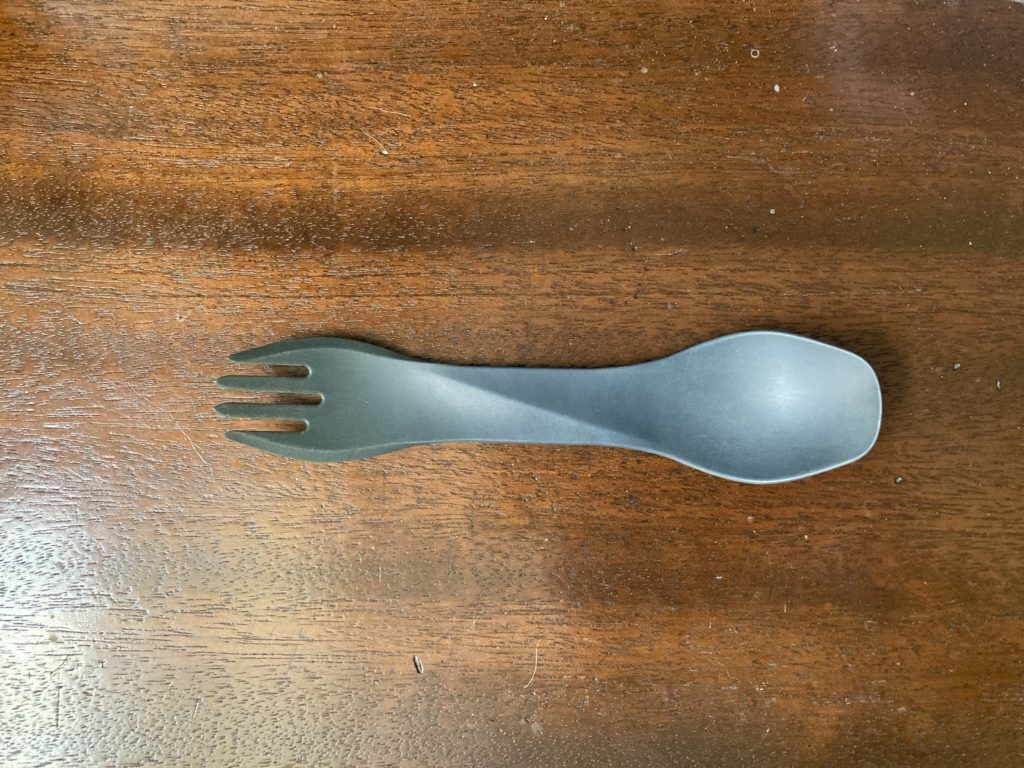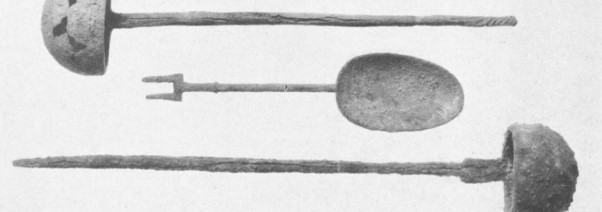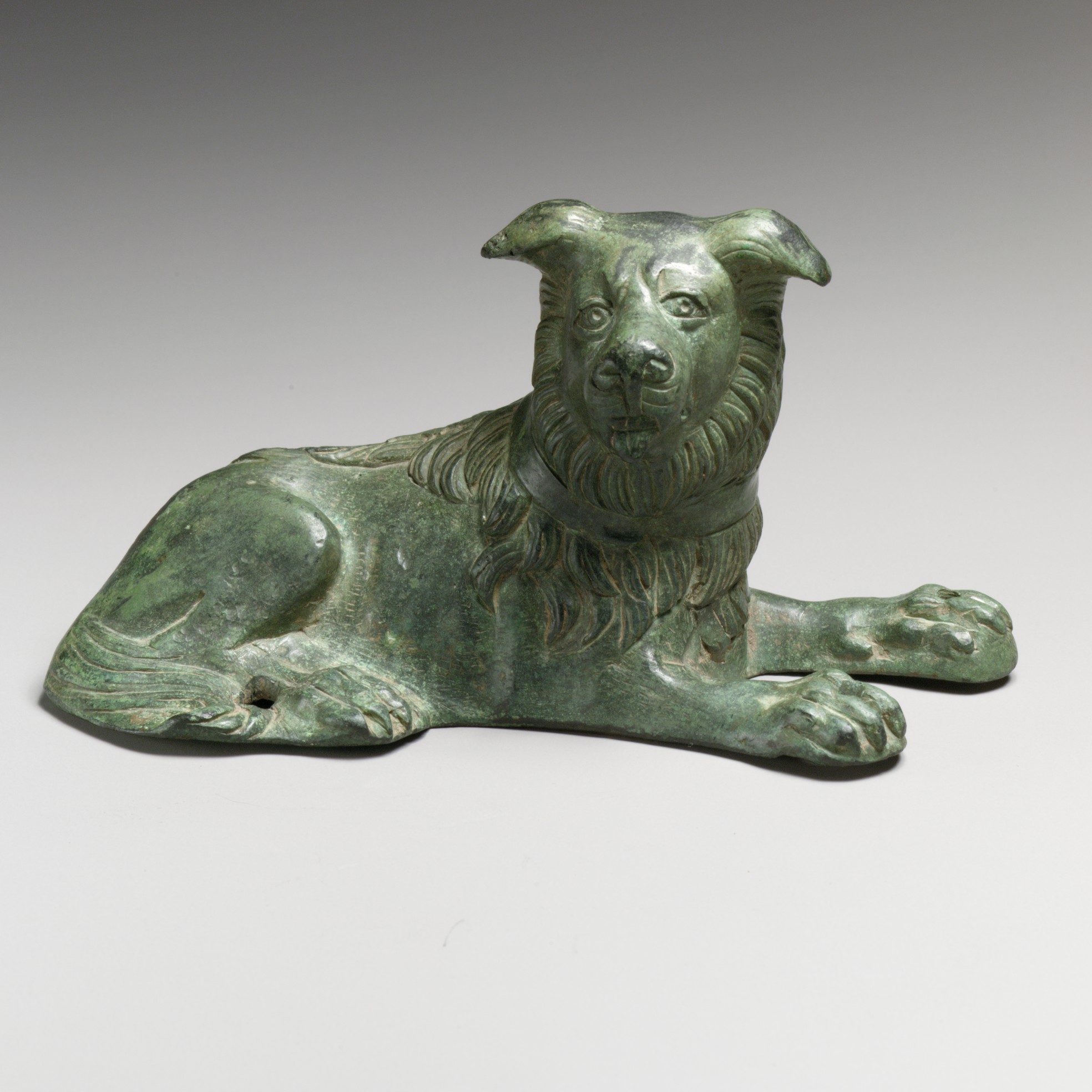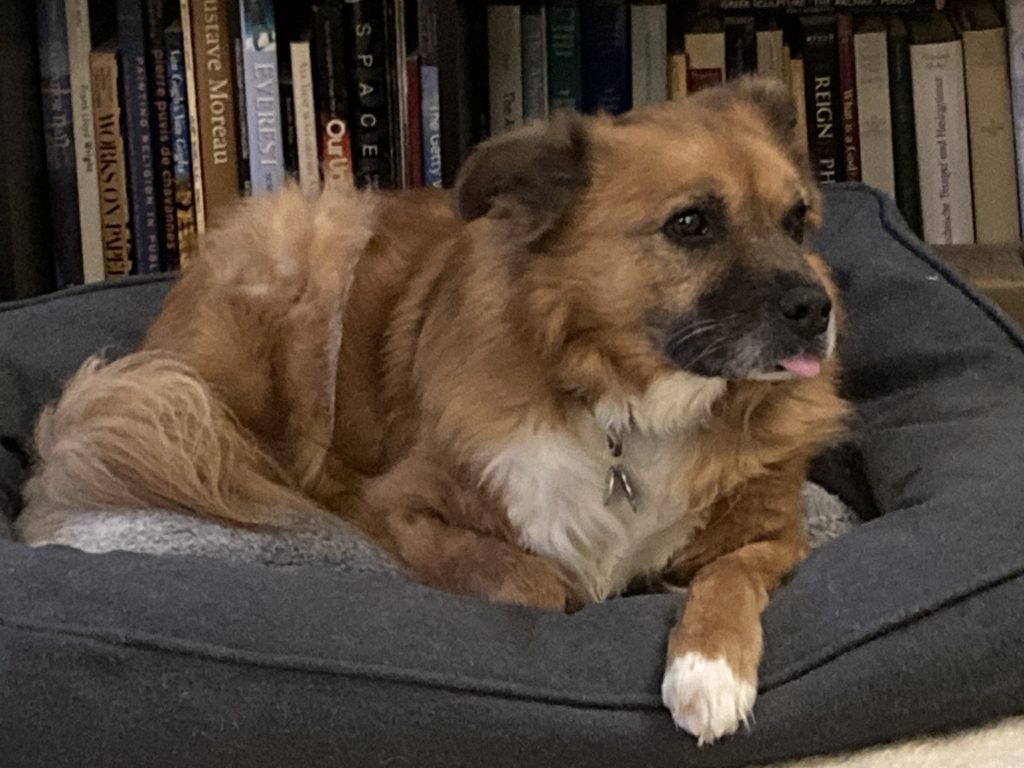For a number of years I have carried this handy item with my lunch:

Technically, it’s not actually a spork because it’s fork and spoon ends are on different sides rather than combined as is customary. This is really only when I eat an especially messy curry (is there any other kind?) with the fork, and then have to switch to the spoon for my yogurt.
But this post isn’t about me. No, it’s about my pseudo-spork’s distant ancestor, whose existent I recently learned of. I have been working (after much procrastination) on a follow-up study to my paper (co-authored with Omid Oudbashi and Federico Carò) on the coins from Qasr-e Abu Nasr, near modern Shiraz, Iran, which were excavated by the Met in the 1930s. This study is on other bronzes from the site, of which the Met has a small selection, with the rest having gone to Tehran as a result of the partage agreement. One of these spoons in Tehran, pictured in a report on the excavations in the Metropolitan Museum of Art Bulletin (29/12, December, 1934, 19, fig. 32), appears to have the same double function as mine:

This implement probably dates to the Sasanian era (3rd-7th century CE). What’s especially interesting to me is the fact that utensils like forks and spoons were rare in antiquity; in fact, they’re a fairly modern phenomenon. Most people ate with their hands. So whoever invented this thing was an unsung pioneer in the world of eating, whose enormous contribution is still with us today.



